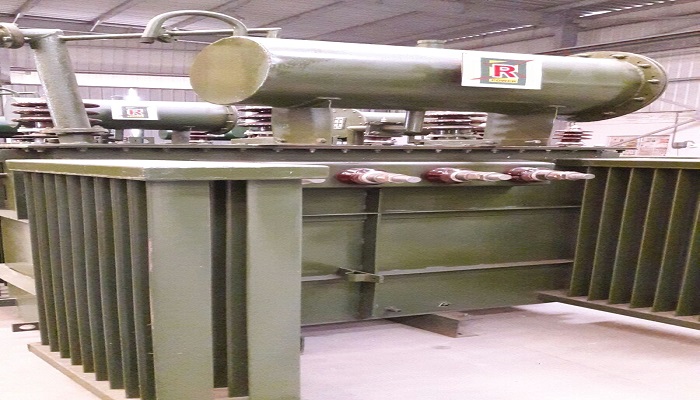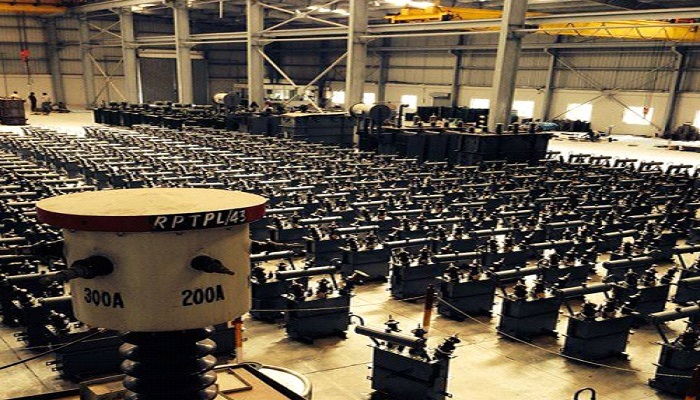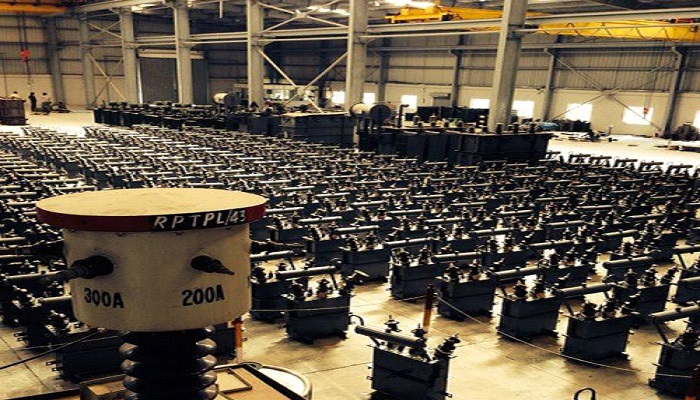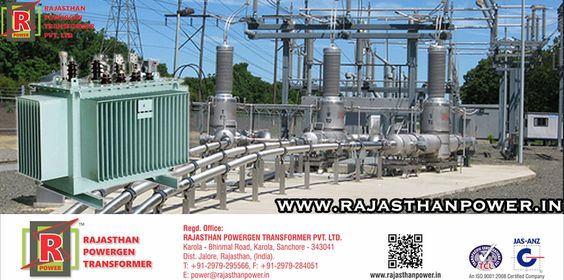Major Difference
Power transformers are used in the transmission of the power in higher voltage networks. These are used in step up and step down application (400 kV, 200 kV, 110 kV, 66 kV, 33kV). Power transformers are generally rated above 200 MVA.
Distribution Transformers are generally used in the lower transmission or the lower voltage distribution. This is mainly used for the end user connectivity. These transformers are generally rated as below 200 MVA (11kV, 6.6 kV, 3.3 kV, 440V, 230V).
Size of the Transformers
Power transformers are used for the transmission of the high power, which is above 33 KV, and they also require 100% efficiency. Therefore, special care is taken while the designing and manufacturing of Power transformers at Rajasthan Powergen so as to maximize the efficiency of the transformers. The heavy load is transmitted through them, due to which they are required to be big in size. Such big transformers are mainly used at the generating stations and transmission sub stations. The level of insulation in power transformers is very high.
Distribution Transformers are used for the distribution of power at lower voltage, which is less than 33 KV. They are mainly used for the business or industrial purpose and for domestic purpose they are and 440v-220v. At Rajasthan Powergen, special techniques are use in the designing and manufacturing of Distribution transformers so as to design small size transformers with minimum losses and maximum efficiency. Thus, their size is small and efficiency rate is 50%-70%. These transformers are easy to install and have low magnetic losses.

Copper Loss and Iron Loss
Power transformers are used in the networks of transmission and they are not directly connected to the consumers. This is why the load fluctuation is very low in these transformers. They are fully loaded during the 24 hours. Thus iron and copper loss is very less in such transformers. These transformers are designed to provide 100% efficiency, when they are fully loaded.
Distribution Transformers are used in the distribution networks and they are also directly connected with the consumers. This is why load fluctuation is very high in these transformers. They are never completely loaded, thus loss of iron is 24 hours a day and loss of copper is based on the load cycle. The average load is only 75% of the full load. They are designed in such manner that they provide 75% efficiency when fully loaded.
Power transformers are used as the set up device. They are designed to use the maximum core and can operate near to knee point of B-H curve. The maximum iron and copper loss in these transformers is recorded at the time of peak load. They work generally on full load, thus these are designed in such a manner that copper loss is minimum.
Distribution transformers cannot be designed in such a way as they are directly connected with the consumers. Thus, they are designed by considering all day efficiency. Core designing has been done to take care of the complete or peak load. These are used on the distribution level, where voltage has to be low. So, the voltage delivered to end consumer is always the secondary voltage. Such transformers also have the voltage drop limitations, thus voltage cannot be transferred to long distances.






